| John Baker, our Managing Partner, has researched two railway accidents that happened at the same Somerset village 50 years apart. This research has been in support of Norton Fitzwarren's bid to receive a 'red wheel' heritage plaque from the Transport Trust in recognition of the villagers' efforts to rescue the victims in both crashes. The leader of the project, Mary Hayward, had seen our news article on the 1940 accident and asked if we could help with her research. Of course, we were delighted to help especially since both accidents had a significant 'human factor' element. We have previously written a short article on the 1940 accident, but the accident of the 11th November 1890 was also blamed on 'human error'. In this accident the signaller, George Rice, forgot that he had left a goods train standing on the main line and allowed an approaching fast passenger train into the same section. The passenger train collided with the stationary goods engine, killing 10 passengers and seriously injuring many more. John's research revealed several new facts about both accidents and also documented more about the victims and those involved. This research has been published on posters that will be displayed in Norton Fitzwarren Village Hall. Copies of the posters for download are included at the end of this article. As part of the Red Wheel project, John was asked to give a radio interview to the BBC - this is now available on the BBC website. On the 17th November, the Transport Trust awarded Norton Fitzwarren with a 'Transport Heritage Site' award. We were delighted to attend to see the culmination of Mary Hayward's work to get the actions of the villagers recognised following these two tragic accidents.
| |||||||||||
|
1 Comment
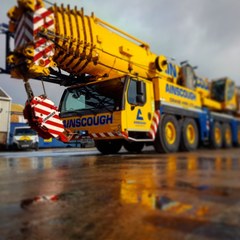 Our customised accident investigator training received some great feedback this week. One delegate from Ainscough Crane Hire Ltd said "This was a fantastic course - really very helpful indeed". The two-day course is well-paced, encouraging all delegates to be actively involved through group exercises and realistic case studies that apply to their working environment. Our Investigator Handbook and materials for event and causal factor analysis are particularly well-received. All our accident investigation training is tailored to suit your sector; we will work with you to create relevant case studies and where possible we will use your accident reporting documentation (accident reports and investigation report templates or forms) during the training. We have now delivered this training for rail, tram, bus, social care, engineering, retail and construction organisations. See our accident investigation training pages for more information, or contact us to discuss how we might work with you.
|
Archives
November 2020
Categories
All
|
||||||||||||||||

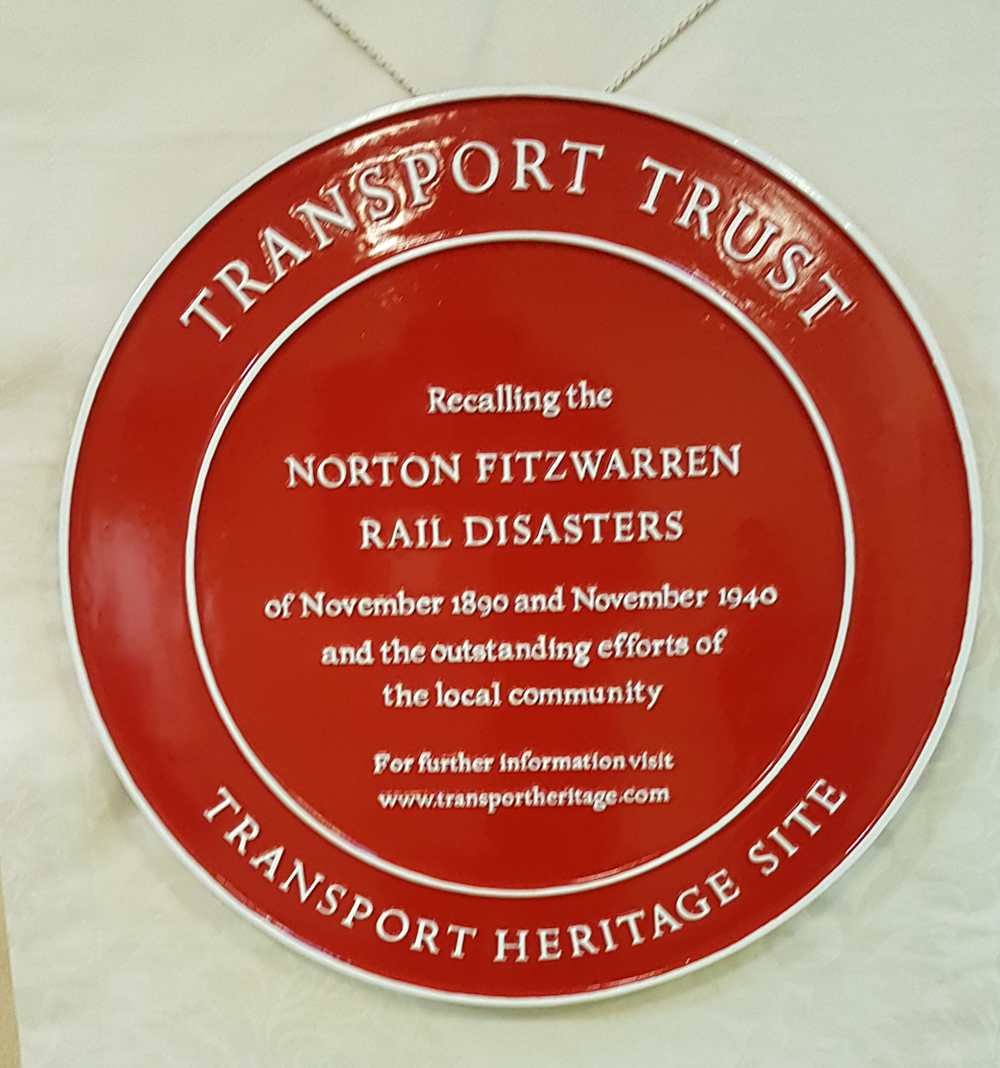
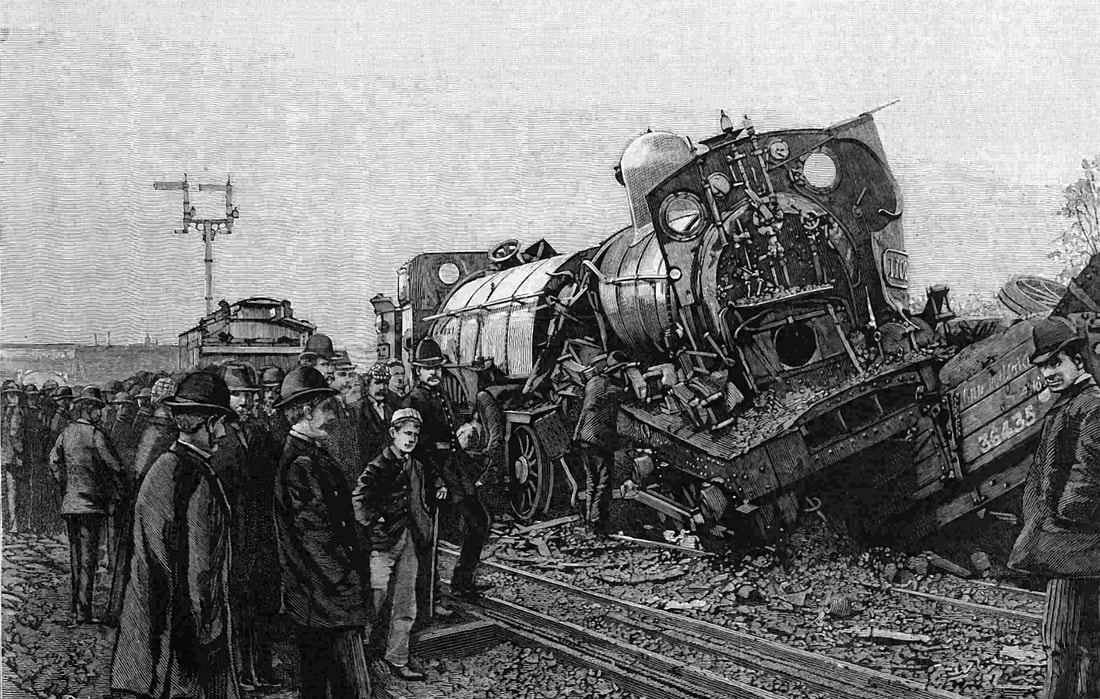
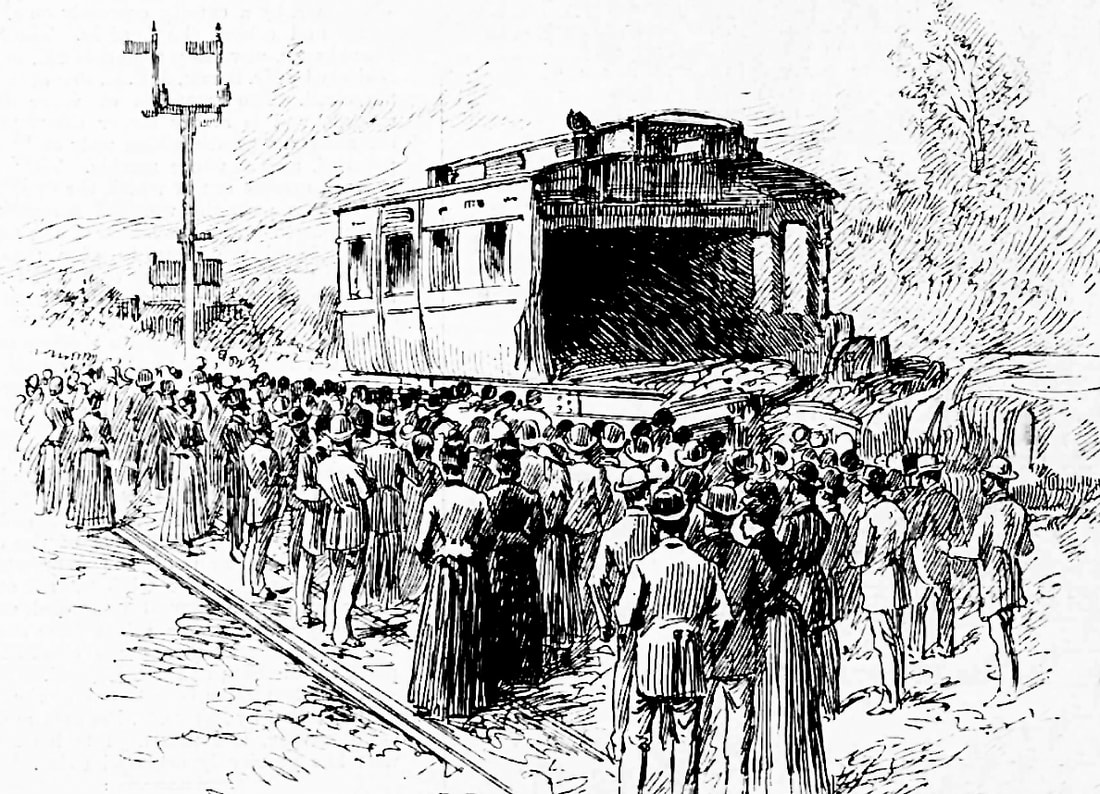
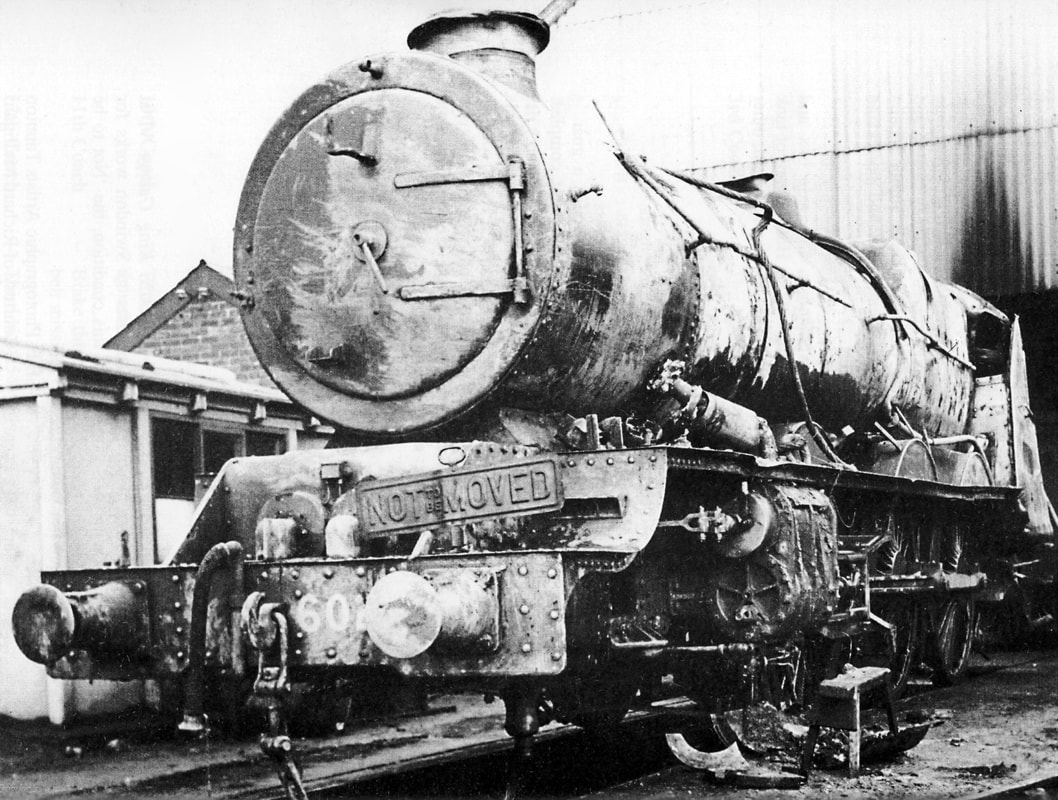
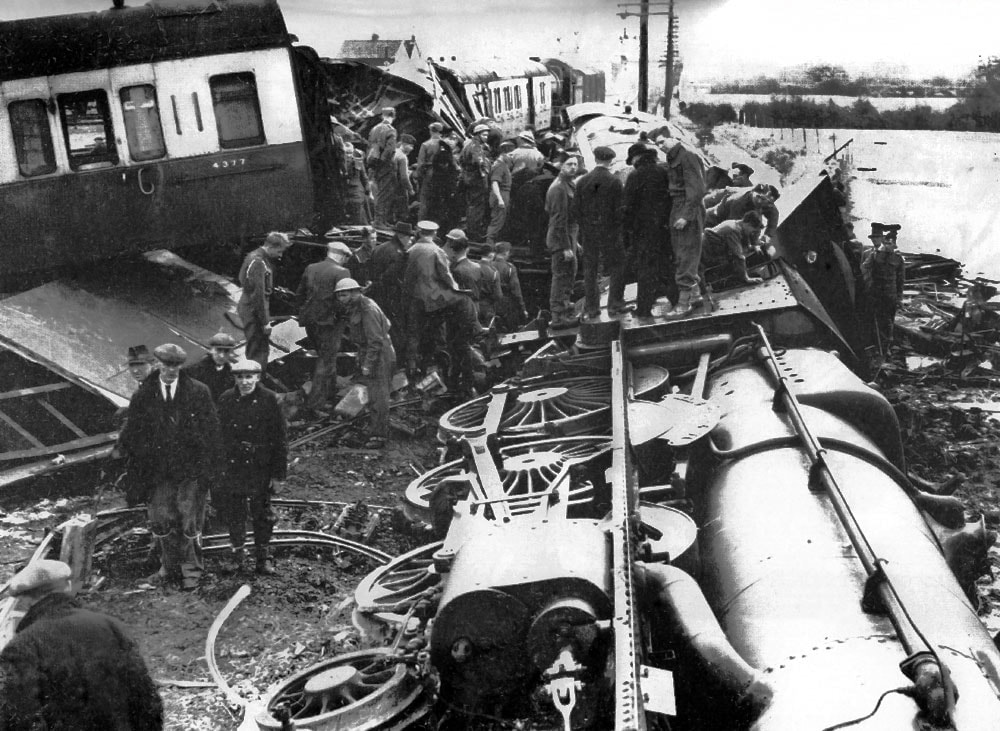
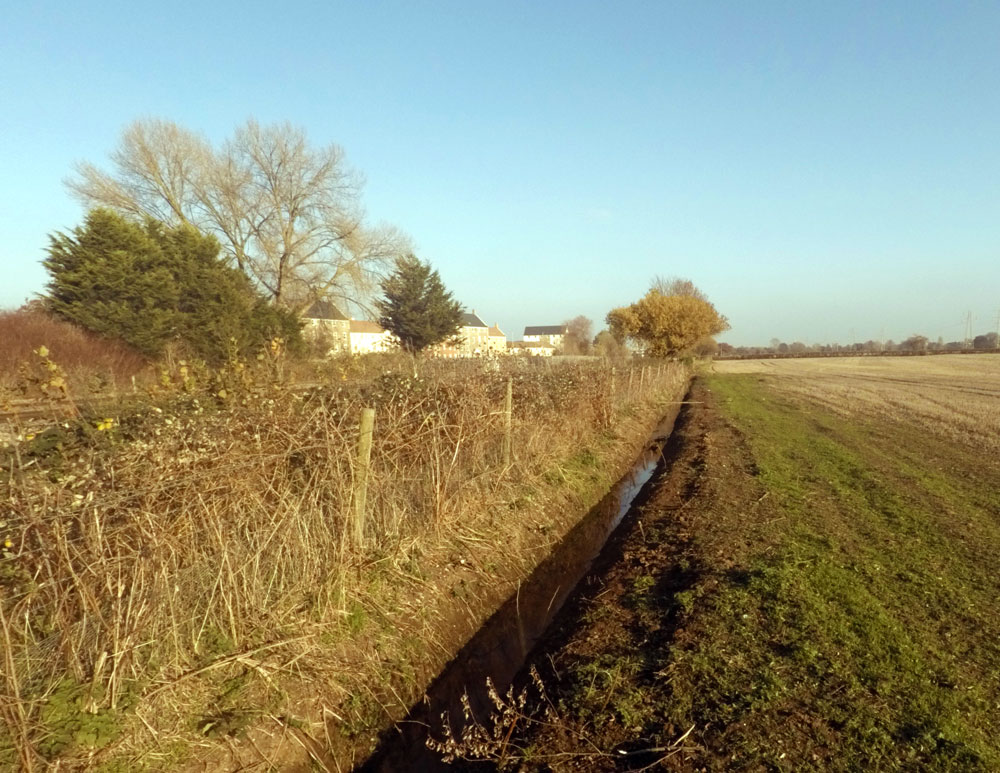

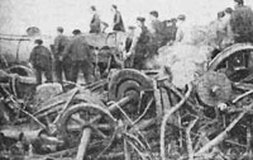
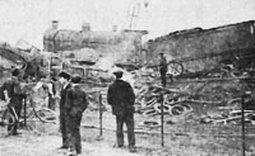
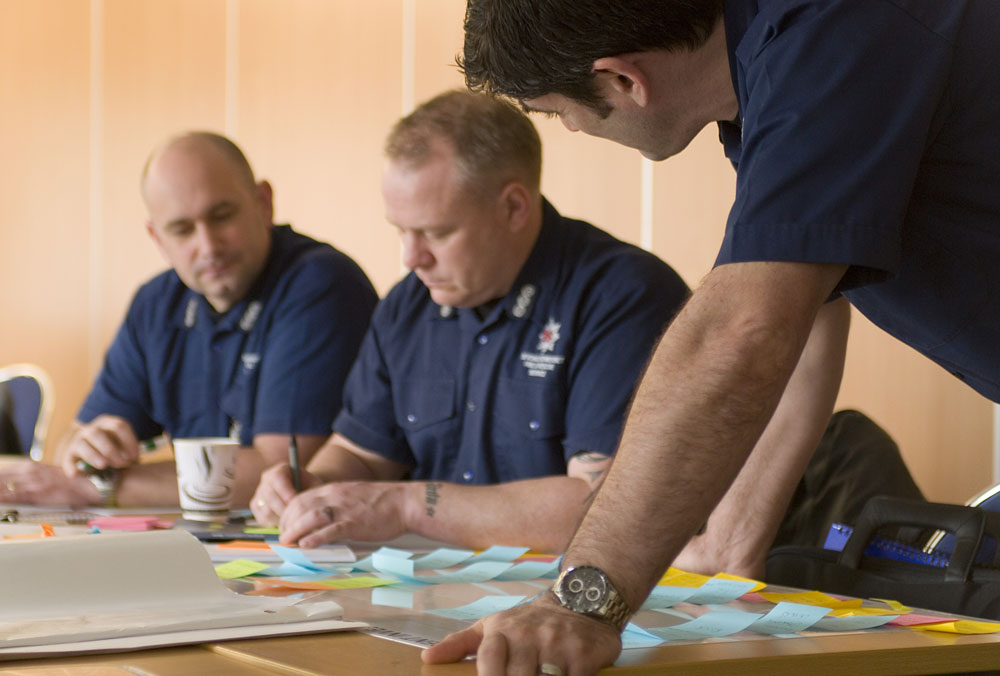
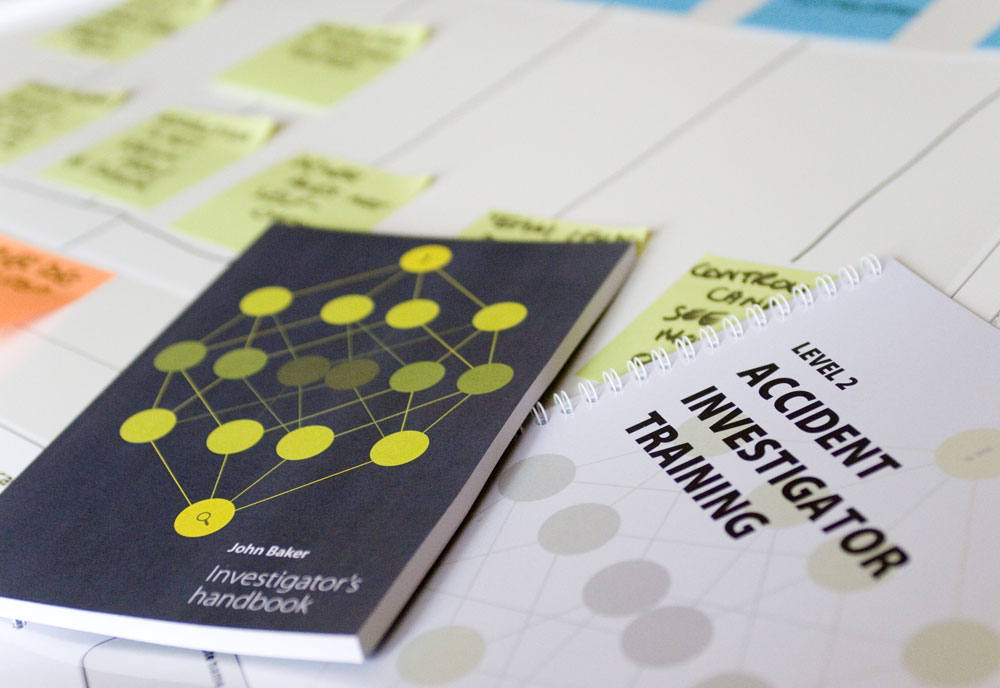
 RSS Feed
RSS Feed